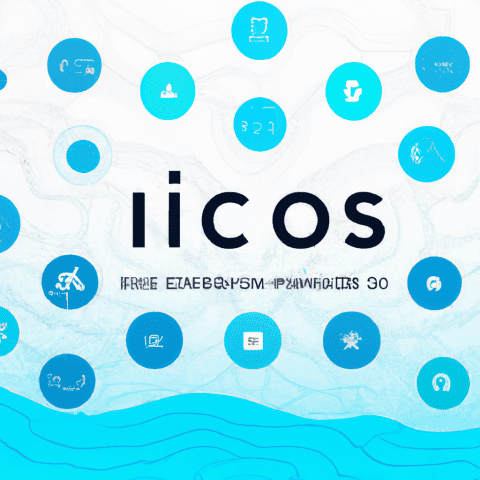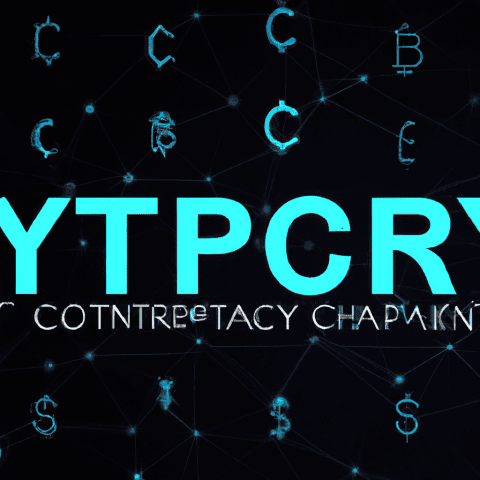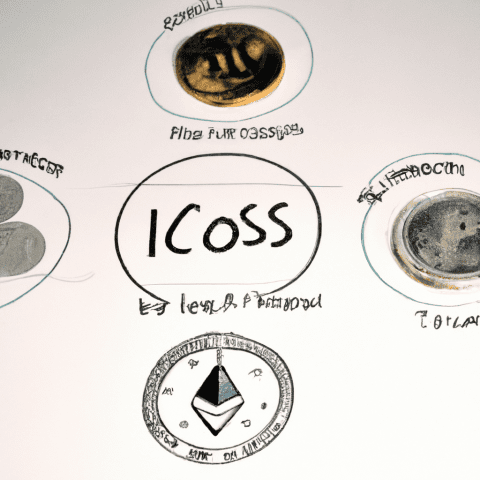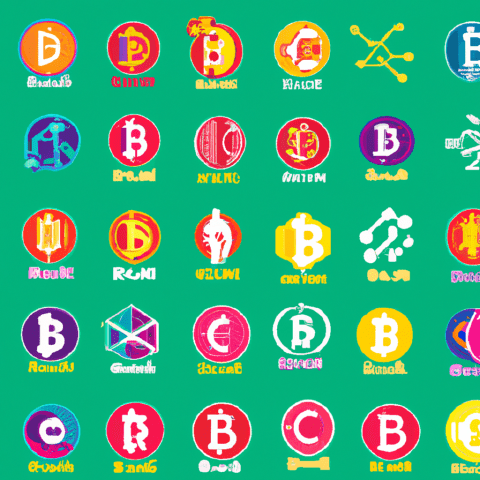In the ever-evolving landscape of cryptocurrency fundraising, Initial Coin Offerings (ICOs) and Initial Exchange Offerings (IEOs) have become prominent methods for blockchain projects to raise capital. While ICOs have been around longer, IEOs have gained popularity for their added security and credibility. In this article, we will delve into the differences between ICOs and IEOs, highlight the top ICOs and IEOs to watch in 2021, provide the latest news and updates on ICOs and IEOs, showcase upcoming projects to keep an eye on, offer a beginner's guide to navigating the world of ICOs and IEOs, and help you determine which funding model is right for your project. Whether you are a seasoned investor or a newcomer to the world of cryptocurrency, understanding the nuances of ICOs and IEOs is essential for making informed decisions in this rapidly growing industry.
1. "Exploring the Differences Between ICOs and IEOs"
ICOs (Initial Coin Offerings) and IEOs (Initial Exchange Offerings) are both methods of crowdfunding in the cryptocurrency space, but they have some key differences that investors should be aware of.
One major difference between ICOs and IEOs is the platform on which they are conducted. ICOs are typically conducted by the project team themselves, while IEOs are conducted on an exchange platform. This means that IEOs have the advantage of being able to tap into the existing user base of the exchange, potentially reaching a larger pool of investors.
Another difference is the level of due diligence that is conducted on the projects. In an IEO, the exchange will typically conduct its own review of the project before allowing it to be listed on their platform. This can provide investors with some level of assurance that the project is legitimate and has been vetted by a trusted third party. ICOs, on the other hand, may not undergo the same level of scrutiny, leaving investors more vulnerable to scams and fraudulent projects.
Additionally, IEOs often have a faster and more streamlined process compared to ICOs. The exchange takes care of the token sale process, KYC/AML procedures, and listing of the token, making it more convenient for both the project team and investors.
In terms of liquidity, tokens from an IEO are usually listed on the exchange shortly after the sale, allowing investors to trade them immediately. With ICOs, there may be a longer waiting period before the tokens are listed on exchanges, potentially limiting liquidity.
Overall, both ICOs and IEOs have their own advantages and disadvantages, and investors should carefully consider these factors before participating in either type of crowdfunding campaign. As the cryptocurrency space continues to evolve, keeping up with the latest ICO and IEO news can help investors stay informed about the top ICOs and IEOs, as well as upcoming opportunities in the market.














